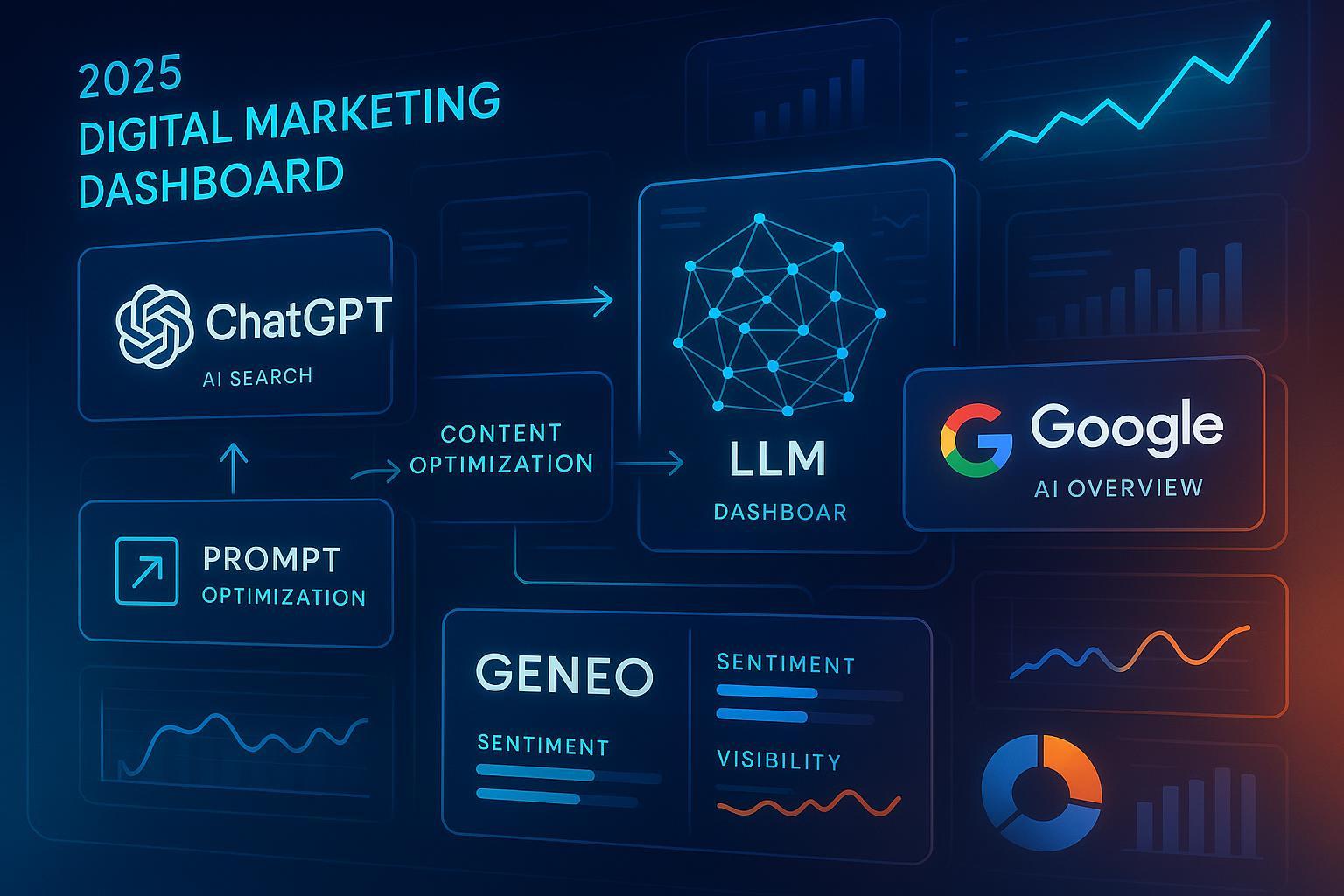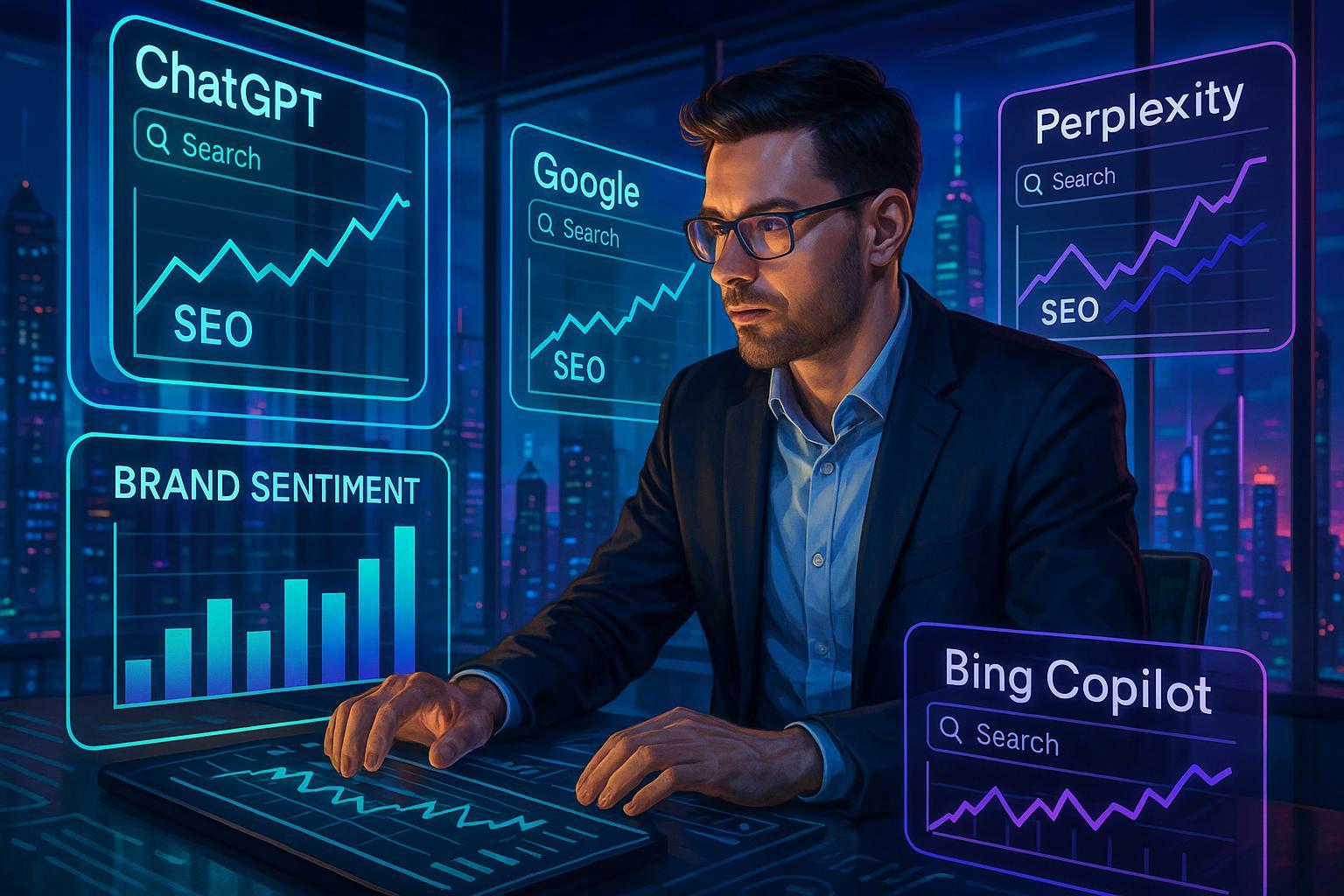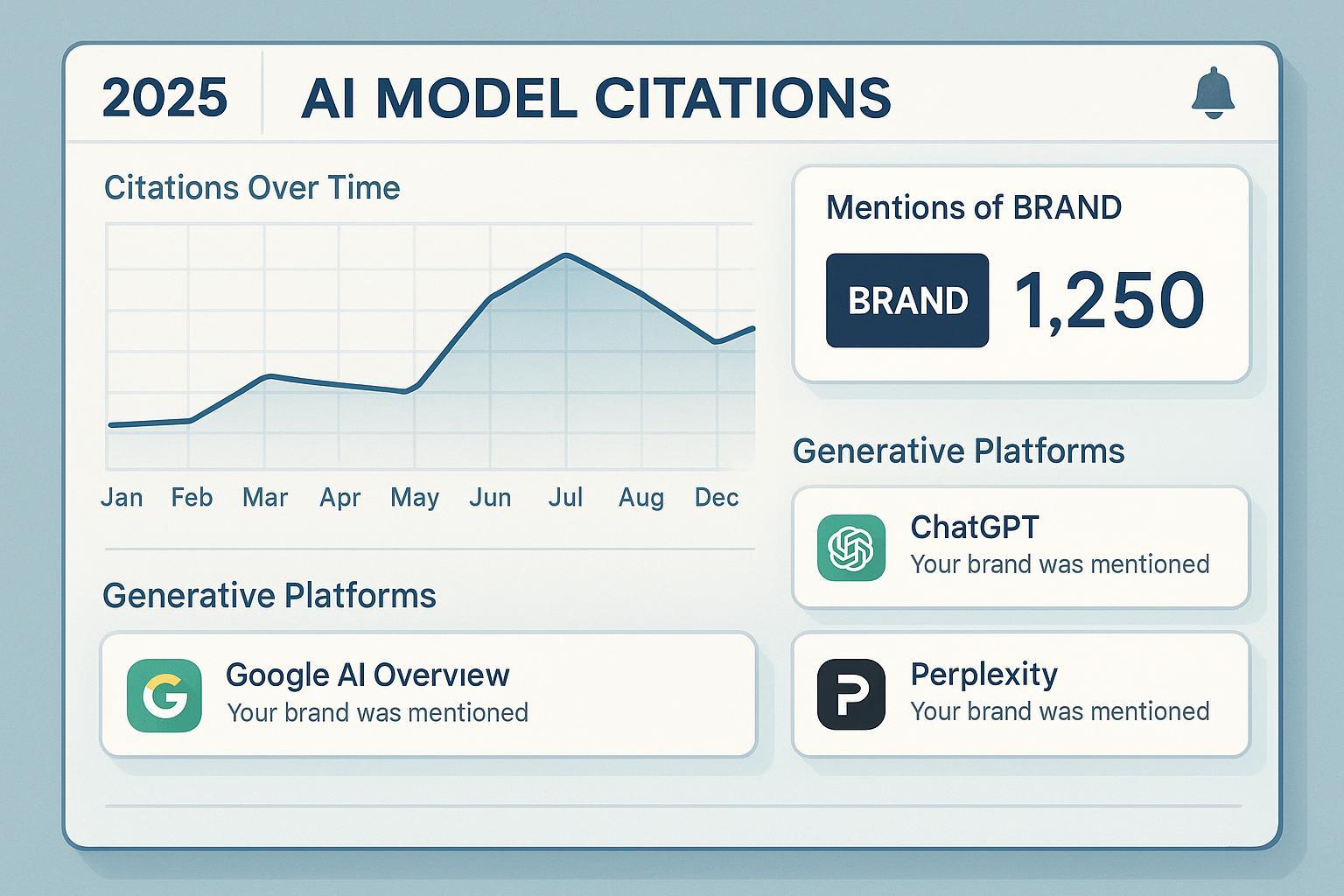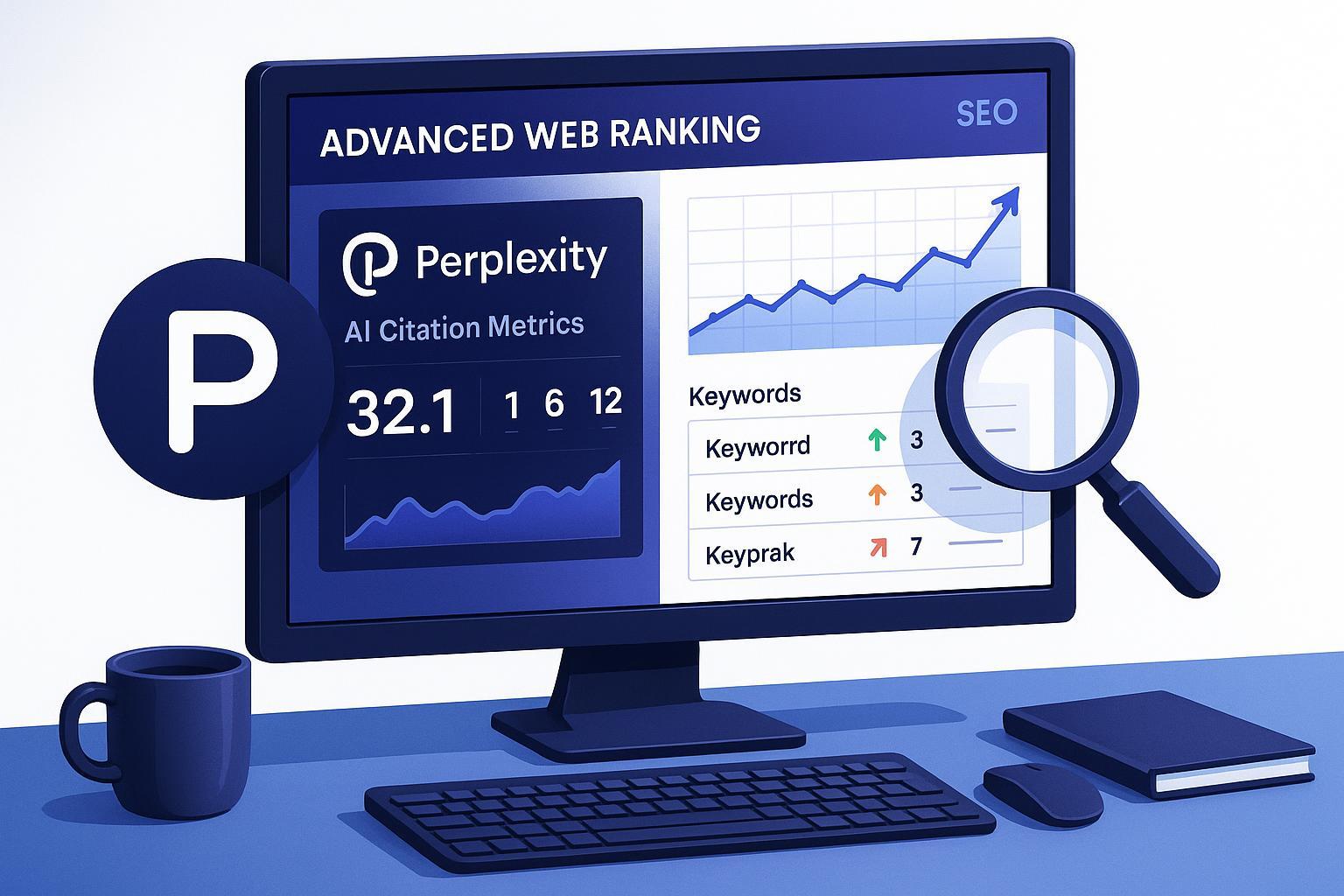What is Content Lifecycle? Definition, Stages & Modern Applications
Discover the full definition of Content Lifecycle, its key stages, and how AI-driven tools optimize content management for SEO and brand visibility. Learn practical applications and best practices for digital marketing teams.

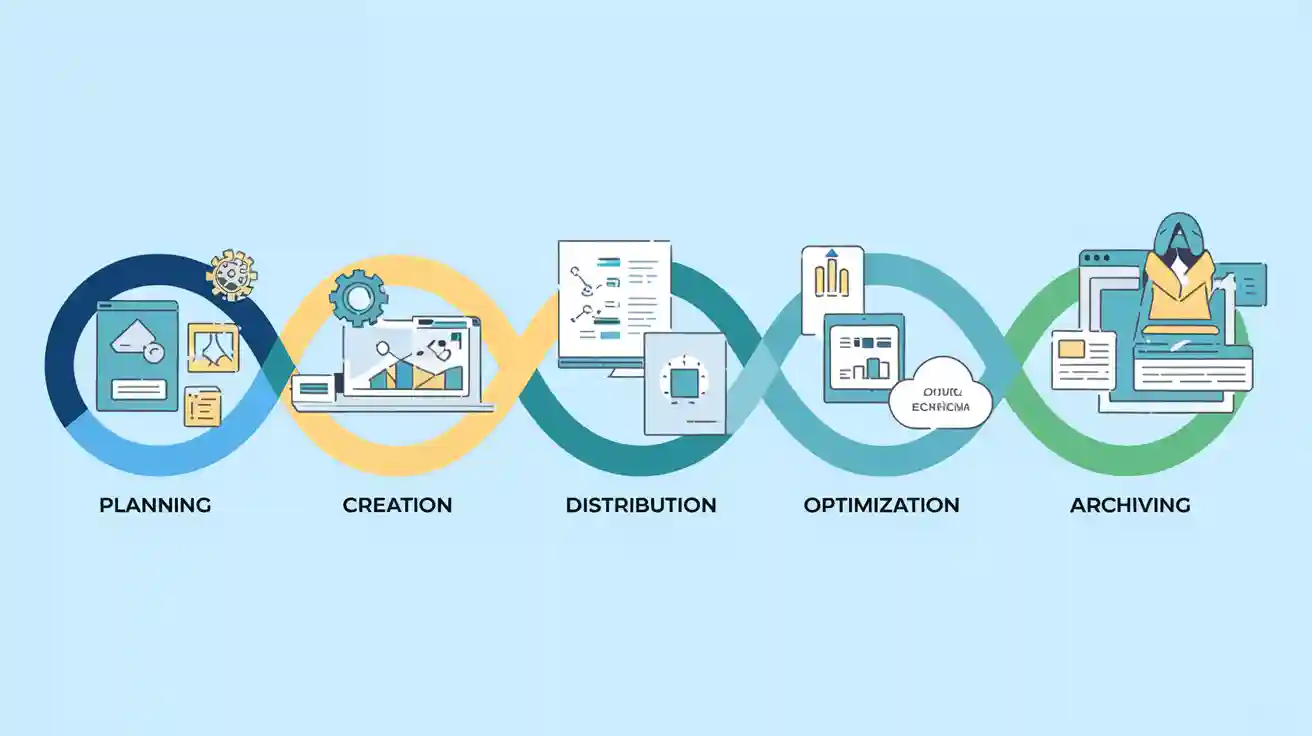
One-Sentence Definition
The content lifecycle is the end-to-end process that guides digital content from initial planning through creation, distribution, optimization, and ultimately archiving or deletion.
Detailed Explanation
The content lifecycle encompasses every stage a piece of content undergoes, ensuring it remains relevant, effective, and aligned with business goals. Unlike simply publishing and forgetting, the lifecycle approach treats content as a dynamic asset—constantly monitored, improved, and repurposed as needed. Modern content lifecycle management leverages advanced tools, including AI-driven analytics, to maximize content impact across multiple platforms and channels. This approach is fundamental for digital marketing, brand management, and SEO success. (Sanity, Wikipedia)
Key Components of the Content Lifecycle
Planning: Define content goals, target audiences, and success metrics. This stage sets the strategic direction for all subsequent activities.
Creation: Develop high-quality content in various formats (articles, videos, infographics) that align with your objectives and audience needs.
Distribution: Publish and share content across appropriate channels—websites, social media, email, and increasingly, AI-powered search platforms.
Optimization: Use analytics and feedback to refine content, improve SEO, and enhance engagement. AI tools can analyze sentiment, track visibility, and suggest improvements.
Archiving: Retire or repurpose outdated content, preserving valuable assets for future use or compliance needs.
Real-World Applications
Modern organizations use the content lifecycle to drive consistent brand messaging, improve search visibility, and maximize ROI. For example, with platforms like Geneo, teams can:
Monitor content visibility across AI search engines (e.g., ChatGPT, Google AI Overview) to ensure their brand stands out.
Leverage AI-driven sentiment analysis to understand how audiences perceive their content and brand.
Receive actionable optimization suggestions to update underperforming content and boost rankings.
Track historical performance to identify trends and inform future content strategies.
By integrating these capabilities, businesses can ensure their content not only reaches the right audience but also adapts to changing digital landscapes and search technologies.
Related Concepts
Content Strategy: The overarching plan that guides content creation and management.
Content Management: The systems and processes for organizing, storing, and retrieving content.
Content Audit: A systematic review of existing content to assess quality and effectiveness.
Content Optimization: Techniques to improve content performance, especially for SEO and user engagement.
Content Governance: Policies and standards that ensure content consistency and compliance.
For a deeper dive into how AI-driven tools can transform your content lifecycle management, explore Geneo and see how your brand can thrive in the era of AI search.


